Ancient Egyptians used cinnamon as part of their mummification process, thanks to its natural preservative properties. Romans deployed it to cover the odor of rotting meat (which I guess is kind of the same thing). Upper classes around the world prized the spice for its sharp scent and exotic taste — paying as much as a year’s wages for a single pound, according to Roman writer Pliny the Elder (I wonder if they called him that when he was little — that would be weird!).
These days, cinnamon is still beloved. Cooks use it to add a touch of flavor to everything from baked goods to oatmeal to savory dishes.
It’s also often associated with the holidays (pumpkin spice, anyone?), but, of course, cinnamon spice is available year-round, too.
Cinnamon is valued for its yummy taste and comforting aroma, but it’s been used medicinally for millennia, especially for respiratory and digestive ailments. And in modern times, it’s also often used for blood sugar management.
However, there are concerns about certain compounds, particularly lead and coumarin, that are found in some types of cinnamon and are toxic in high doses. But as you’ll soon see, if you get Ceylon cinnamon, you’ll have no worries about coumarin, as the amount of coumarin in Ceylon cinnamon is vanishingly small and often nonexistent. For this reason, as you’ll see, we recommend Ceylon cinnamon.
So, should you eat cinnamon or add it to food and drinks? And if so, are there particular types that are safest?
In this article, we dive deep into the world of cinnamon. We’ll explore its origins, best types, nutritional profile, and impressive health benefits. We’ll also look at potential downsides, see what the science says about those “dangerous” compounds, and explore how to source lead-free cinnamon. (I can picture the packaging now: “Gluten-free! Fat-free! Lead-free.”)
We’ll also share practical tips for incorporating cinnamon into your life and some delicious recipes to help you make the most of this flavorful and versatile spice.
What Is Cinnamon?
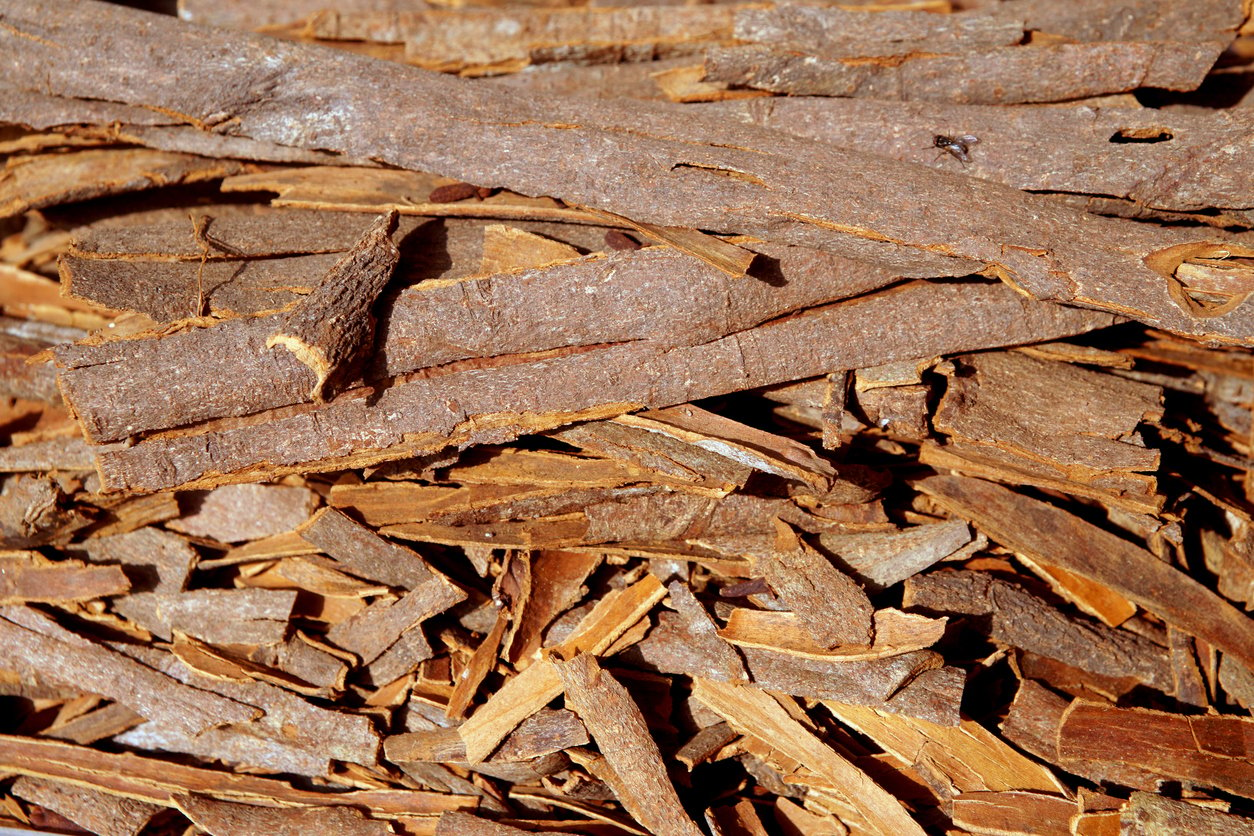
Cinnamon is a spice obtained from the inner bark of tree species belonging to the genus Cinnamomum. Most commonly available ground into a powder, it’s also sold in sticks and pieces. You can also use the plant leaves to make cinnamon tea or flavor savory dishes in place of the more common bay leaves.
There are two main types of cinnamon used in cooking:
- Cassia cinnamon, originally native to China, is now cultivated throughout Southeast Asia. It is also known as Indonesian, Chinese, and Saigon cinnamon. It consists of all the bark layers and has a reddish-brown color and a strong spicy flavor.
- Ceylon cinnamon, often called “true cinnamon” (Cinnamomum verum in fancy botanist-speak), is native to Sri Lanka and is still grown almost entirely on that island. It’s light brown, with a subtle yet aromatic flavor, and is made up of just the thin inner bark.
Ceylon cinnamon is considerably more expensive than cassia (although much more affordable than in Roman times — you don’t need to spend a year laboring to afford a single pound anymore). In fact, here’s an online supplier we like that’s currently selling 14 ounces for under $40.
Cinnamon Nutrition
Like many other spices, both kinds of cinnamon are sources of minerals, including calcium, potassium, magnesium, and phosphorus. One teaspoon of cinnamon even contains 20% of your daily manganese, an essential nutrient for bone and connective tissue formation.
Cinnamon is also rich in compounds that flex some serious antioxidant muscles: beta-carotene, lutein and zeaxanthin, cinnamic acid, and polyphenols.
The Health Benefits of Cinnamon
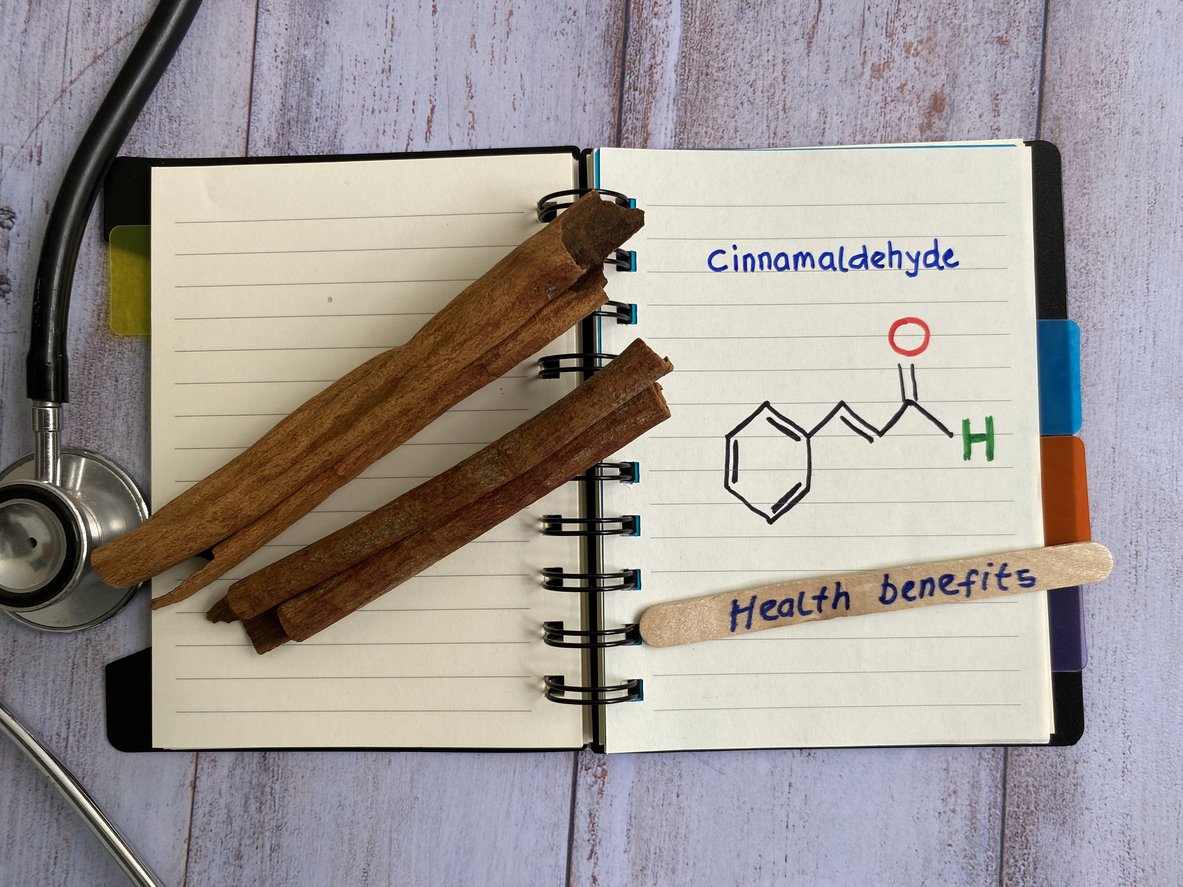
With all those minerals and phytonutrients, you’d expect cinnamon to be good for you. And you’d be right! Here’s some of what science is discovering about this traditional medicinal spice.
Is Cinnamon Good for Diabetes?
Indeed, it seems that either type of cinnamon is good for type 2 diabetes.
A 2022 literature review found that cassia and Ceylon cinnamon improve glycemic control and lipid profiles in diabetic patients. They appear to mimic the effects of insulin to regulate glucose metabolism, enhance enzyme activity, and reduce the absorption of cholesterol and fatty acids in the gut. Cinnamon also reduces inflammation and fights off damage from free radicals, which can help with disease management.
Cinnamon and Gut Health

Cinnamon has a long history as a treatment for digestive issues, especially diarrhea.
A 2022 study found that an extract of cassia cinnamon bark dissolved in boiling water reduced diarrhea symptoms by slowing the passage of food through the intestines. It also increased beneficial compounds like isobutyric acid and Bifidobacterium longum, which are linked to good gut health.
Another mechanism by which cinnamon bark water helps the gastrointestinal system is by strengthening cell barriers and reducing inflammation in intestinal cells.
Cinnamon and Inflammation
Cinnamon may be able to reduce inflammation in cells throughout the body.
A 2018 study explored whether cinnamon powder capsules could reduce symptoms of rheumatoid arthritis in adult women. Some participants took cinnamon capsules, while a control group was given placebos. After eight weeks, the women who took cinnamon had much lower levels of inflammatory markers and lower diastolic blood pressure. They showed significantly improved symptoms, including less disease activity and pain and fewer tender and swollen joints.
A 2023 study also examined whether Ceylon cinnamon’s bioactive compounds were preserved during digestion. They were preserved, and cinnamon also helped protect cells from oxidative stress and inflammation.
Cinnamon and Heart Health

Cinnamon has a long history in Traditional Chinese Medicine as an anti-hypertensive (a fancy word for “against high blood pressure”) — and modern studies are confirming this usage. Some studies have shown that cinnamon extract can reduce systolic blood pressure in hypertensive rats. (Our view on the use of animals in medical research is here.)
Cassia cinnamon has also been found to lower both systolic and diastolic blood pressure in people — specifically in study participants with pre-existing type 2 diabetes. While we don’t understand completely how this happens, cinnamon appears to dilate blood vessels and improve the functioning of the arteries.
A 2017 meta-analysis of 13 randomized trials found that people who consumed supplemental cinnamon (cassia and Ceylon) improved their total cholesterol and triglyceride levels. The longer they were supplemented, the more powerful the effects, which suggests that consuming cinnamon daily may enhance its effects on blood lipids.
Many compounds in cinnamon can share the credit for the spice’s positive impact on heart health. Cinnamaldehyde and cinnamic acid (each of which, not surprisingly, are found in cinnamon!) reduce oxidative stress and inflammation, which are linked to cardiovascular disease.
Cinnamaldehyde may also inhibit the formation of platelets, which can reduce the risk of heart attacks and strokes. It’s also shown to protect against atherosclerosis and reduce the formation of atherosclerotic plaques.
Can Cinnamon Help With Weight Loss?
Recent studies suggest that cinnamon could indeed help with weight loss.
One meta-analysis from 2020 found that people given supplemental cinnamon lost more weight, shrunk their waistlines, and decreased their body fat percentage compared to placebo controls.
Another meta-analysis also found that people supplemented with cinnamon lost more weight than those given placebo capsules. The people who did the best consumed at least three grams a day of cinnamon, which is about three-quarters of a teaspoon.
Cinnamon and Brain Health

Cinnamon has also been shown to improve thinking and reduce the risk of cognitive decline. Ready for a chemistry lesson? Here we go! It can inhibit the aggregation of tau proteins (which help stabilize neurons but can form harmful tangles when they malfunction) and prevent the formation of amyloid-β peptides (sticky proteins that clump together and form plaques in the brain), both of which are linked to the development of Alzheimer’s disease.
The polyphenols found in cinnamon interact with oxidative stress and pro-inflammatory pathways in the brain, protecting the organ from damage. They may also trigger beneficial epigenetic changes that could help prevent or slow the development of Alzheimer’s.
A 2023 meta-analysis found that in 33 separate animal studies, cinnamon and its components could enhance cognitive function. (Our view on the use of animals in medical research is here.) Five studies revealed that cinnamon or its principal compound, cinnamaldehyde, added to cell cultures reduced harmful substances linked to the development of Alzheimer’s.
Cinnamon and Cancer
Cassia cinnamon also may provide powerful protection against the initiation and development of cancer. Some compounds made from cinnamic acid can make cancer cells die naturally, a process known as apoptosis.
These compounds might also stop cancer cells from dividing and growing by blocking their progress through the cell cycle.
Certain cinnamic acid derivatives can interfere with enzymes that control gene behavior. They can help “turn off” genes that allow cancer cells to grow and “turn on” genes that promote normal cell behavior.
Downsides and Risks of Cinnamon Consumption
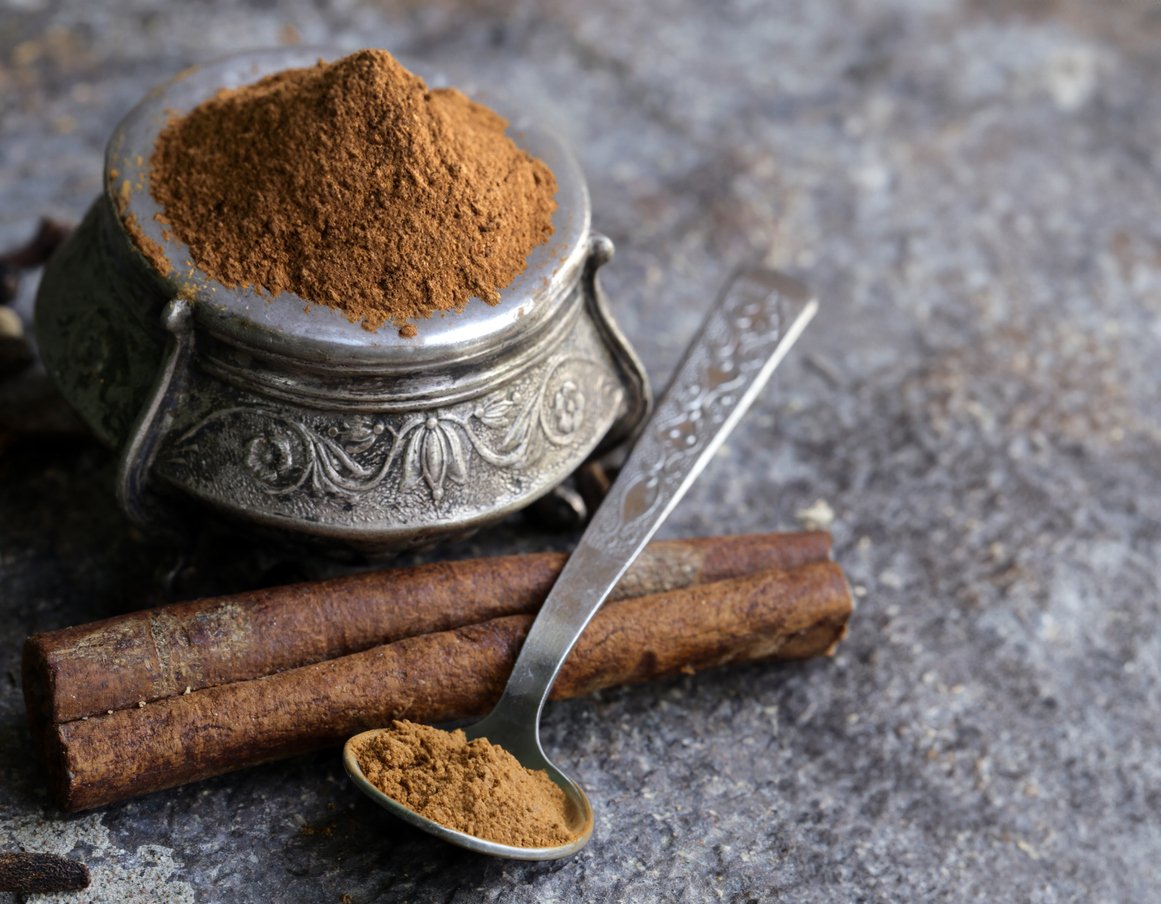
There are two main concerns with cinnamon: lead contamination and toxic levels of naturally occurring compounds. Let’s start with the lead issue since that’s much clearer-cut.
Concern #1: Lead Contamination in Cinnamon
In July 2024, the US Food and Drug Administration (FDA) announced that some of its state partners had found elevated levels of lead in some ground cinnamon products. The levels were high enough to cause the FDA to instruct consumers to stop using the products and dispose of them immediately.
Why is this so concerning? In a nutshell, lead exposure can seriously harm children’s brain development and cognitive abilities, even at very low levels. Kids exposed to lead may have lower IQs, smaller brain sizes, worse performance on school tests, learning difficulties, and behavior problems.
The cinnamon brands and products recalled for lead contamination included the following:
- Asli
- El Chilar
- Marcum
- SWAD
- Supreme Tradition
- Compania Indillor Orientale
- ALB Flavor
- Shahzada
- Spice Class
- La Frontera
The majority of these products were found in ethnic supermarkets and discount stores. Unfortunately, this means that the contamination was disproportionately affecting people of color and those with low incomes who are already at higher risk of lead exposure.
Then, in September 2024, Consumer Reports announced its findings for the 36 cinnamon products and cinnamon-containing spice blends it tested. Twelve were flagged for having lead levels above 1 ppm (that’s the threshold that triggers a recall in New York state). To see the list of what cinnamon products you shouldn’t use, are okay to use, and are best to use, check out “The 12 Cinnamon Powders You Should Never Use.”
How Does Lead Get Into Cinnamon — and How Can You Protect Yourself?
Lead contamination in cinnamon can occur through environmental exposure and processing practices. In some countries where cinnamon is grown, soil and water may be contaminated by lead from current or past use of leaded gasoline and industrial pollution from mining or construction in the area. The cinnamon trees can absorb lead through these environmental sources.
In some cases, more concerning forms of contamination arise when suppliers deliberately add lead or lead-containing substances to increase the weight of the product. As lead is dense and cheap, this allows them to sell the product at a higher price.
To reduce the risk of consuming lead-contaminated cinnamon, you can:
- Opt for certified organic cinnamon because organic standards emphasize soil and environmental health.
- Choose products from reputable brands that conduct testing for heavy metals.
- Be mindful of the country of origin, selecting products from regions with stricter environmental regulations or known good agricultural practices.
- Go for whole cinnamon sticks, which are less likely to be contaminated by lead than ground cinnamon, which undergoes more processing.
Concern #2: Coumarin in Cinnamon

Cinnamon naturally contains a bioactive compound called coumarin, which, when consumed in high doses, is associated with a number of health problems.
Coumarin can damage the liver and, based on animal studies, may increase cancer risk. It also affects blood clotting, which can lead to bleeding problems, and some people might have allergic reactions to it, too. Additionally, it can interact with certain medications and cause side effects like headaches or dizziness.
The coumarin concern really only exists with cassia cinnamon, however, since Ceylon cinnamon contains minimal concentrations of coumarin — and often, none at all — and therefore poses very little risk. Again, this is a great reason to choose Ceylon cinnamon.
Coumarin Content
How much Coumarin is safe to consume? A European Union panel set the tolerable daily intake (TDI) to 0.1 mg (milligrams) of coumarin per kg of bodyweight and per day. According to this ratio, an adult weighing 60 kg (132 pounds) should consume no more than 6 mg of coumarin per day.
How does that translate to the amount of cassia cinnamon that you might add to your oatmeal? According to the German Federal Institute for Risk Assessment, cassia cinnamon contains approximately 3,000 mg of coumarin per kg of cinnamon. To put that in perspective, one teaspoon of cinnamon weighs 2.6 grams (or 0.0026 kg, if you really like zeroes), which would provide, on average, 7.8 mg of coumarin.
So it seems smart to consume less than a teaspoon of cassia cinnamon per day. And to be on the safe side, it seems best to use Ceylon cinnamon as much as possible — and to consume cassia cinnamon only in moderation. Opting for Ceylon cinnamon is especially important for children, and for people who are genetically more sensitive to coumarin, both of whom are at greater risk from lower doses.
Medication Interference
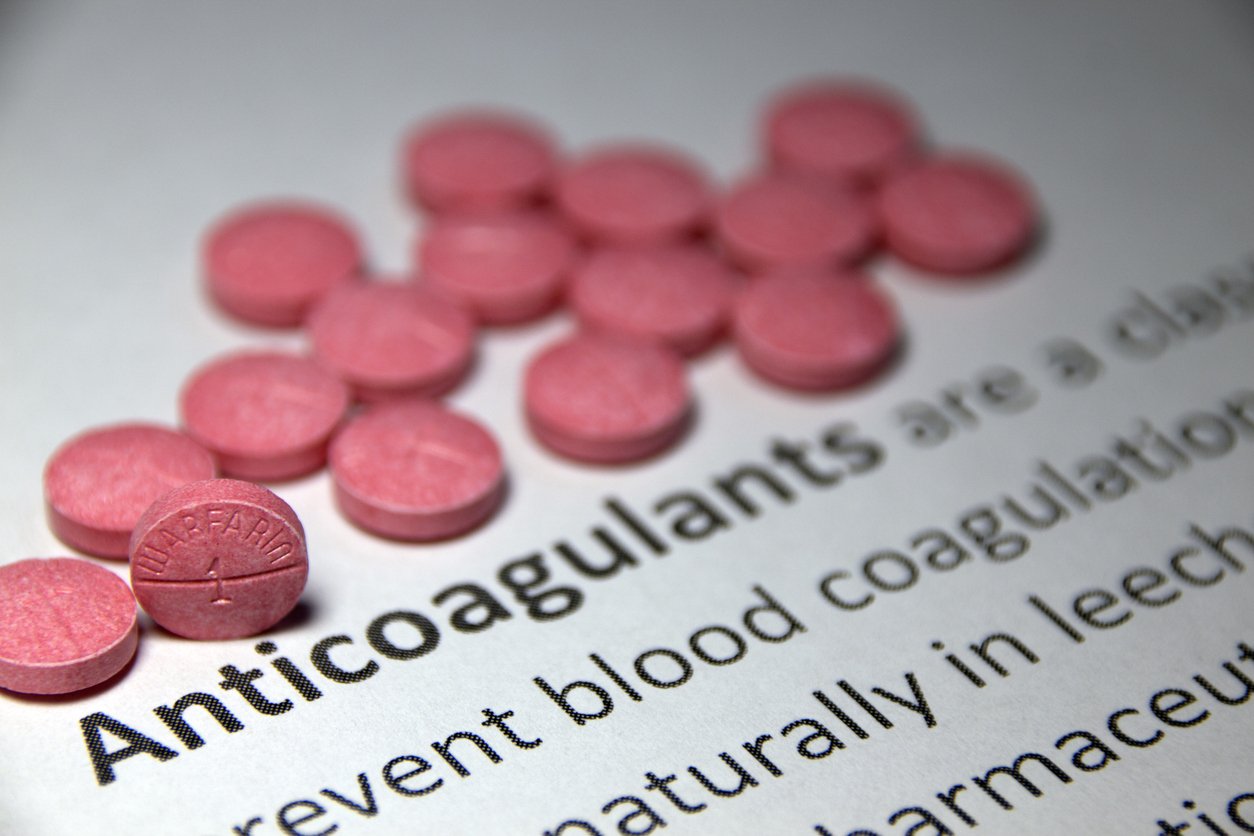
Cinnamon may interfere with diabetes medications such as metformin by compounding their blood sugar-lowering effects. It can also mess with certain blood thinners (some of which are actually derived from coumarin, such as warfarin (brand name Coumadin), acenocoumarol, and phenprocoumon).
Cinnamon can compound the effects of herbal supplements that also lower blood glucose levels, such as garlic, fenugreek, bitter melon, horse chestnut, psyllium, ginseng, and devil’s claw. This combination could potentially cause blood sugar levels to drop too low if not monitored.
Additionally, antiplatelet or anticoagulant medications may adversely affect the liver and increase the risk of bleeding when combined with coumarin in cinnamon.
Other Side Effects of Cinnamon
Topically applied cinnamon oil can cause rash or contact dermatitis in some people. And inhaling or swallowing large amounts of cinnamon can cause throat and lung inflammation, as people who tried the faddishly dangerous “cinnamon challenge” discovered. (Please don’t do this.)
How to Use Cinnamon
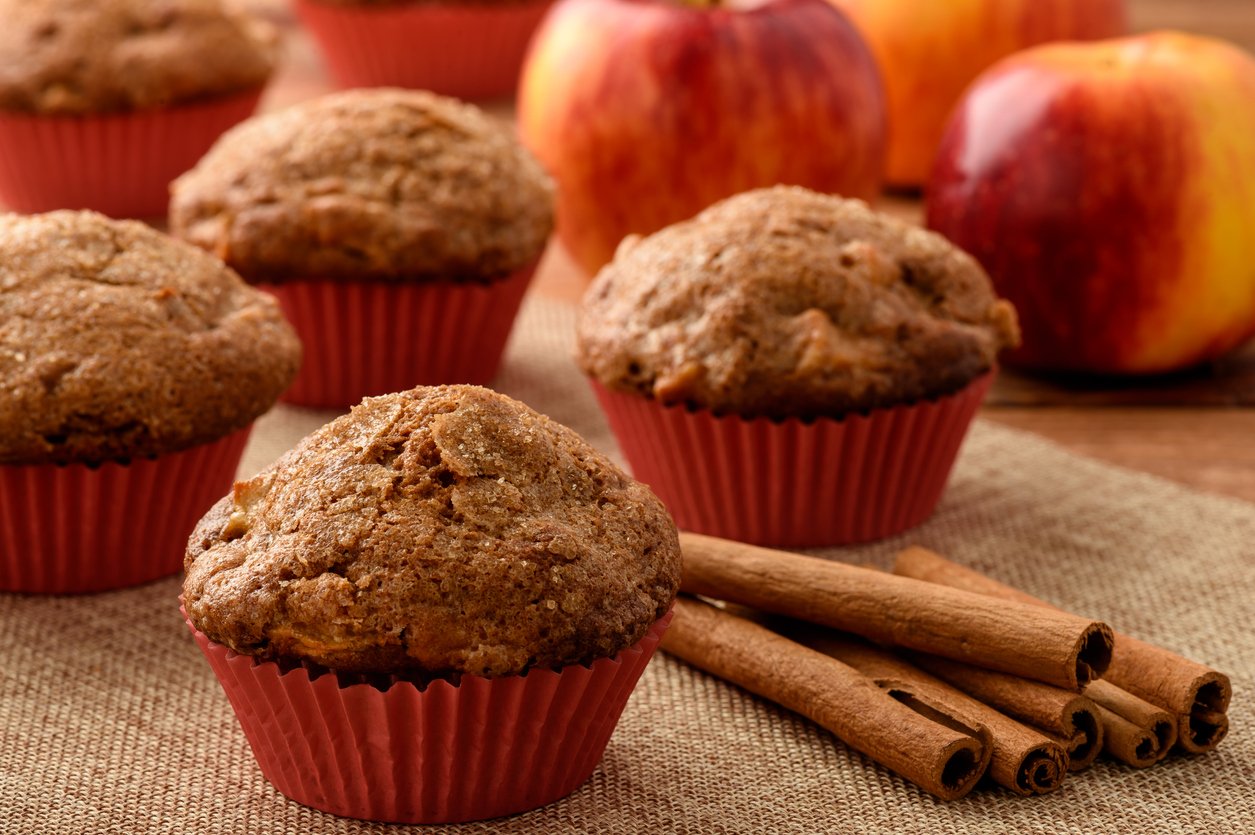
Cinnamon sticks can be used to flavor beverages, soups, rice, and sauces. Just take them out when you’re done cooking.
Ground cinnamon works well in the following dishes:
- In baked goods and other desserts
- Sprinkled on toast or mixed into yogurt, oatmeal, or granola
- In smoothies and smoothie bowls
- In curries and chilis
- On fruit and fruit salads
- On fall vegetables, like sweet potatoes and squash
- In dressings, sauces, and sweet or savory dips
To convert cinnamon sticks to ground cinnamon for baking, replace each stick with one-half to one teaspoon of ground cinnamon.
Cinnamon Recipes
Cinnamon’s sweet, warm aroma and comforting flavor make it a star in the kitchen, while its medicinal benefits, like fighting inflammation and supporting digestion, make it a health-boosting ingredient. These three plant-based cinnamon recipes highlight how versatile this spice can be, adding a cozy, flavorful touch to some plant-powered favorites. It’s the perfect spice for enjoying a little extra comfort and wellness in every bite (or sip)!
1. Cinnamon Cauliflower Pancakes
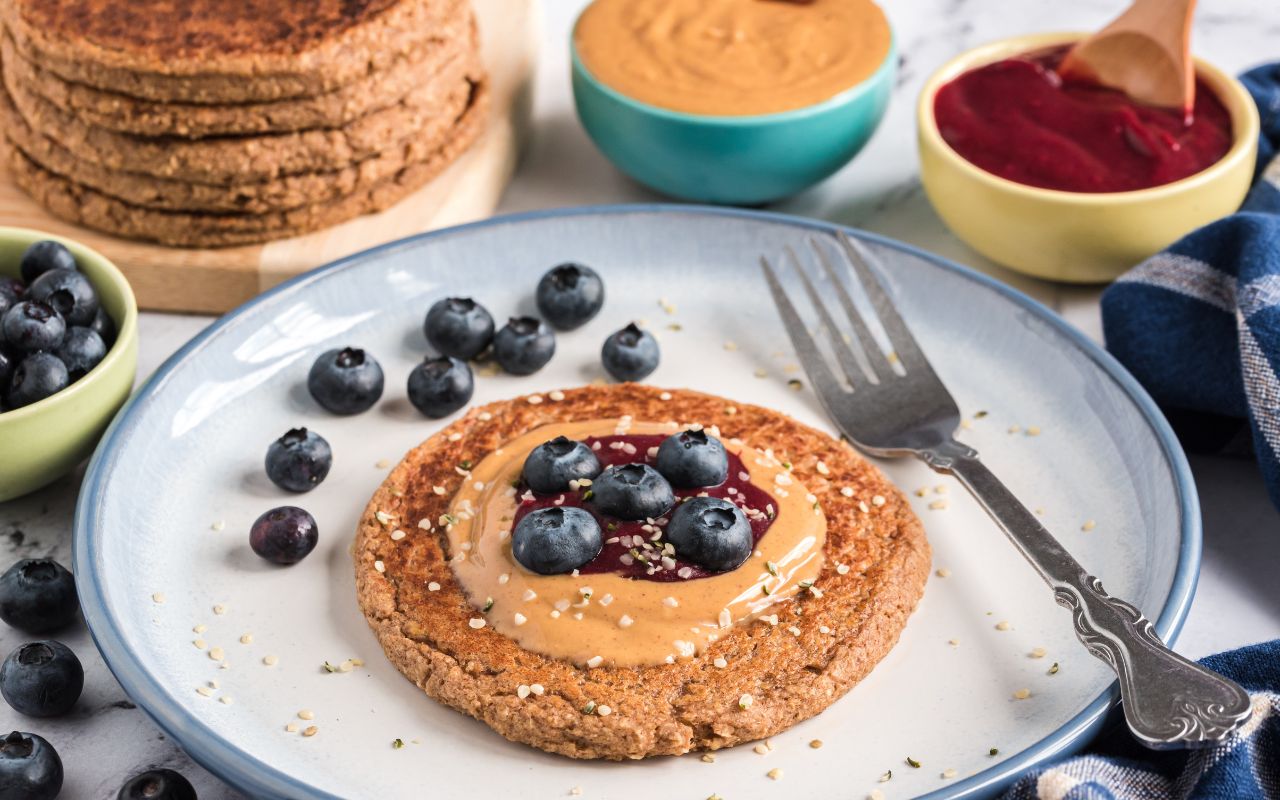
Cinnamon Cauliflower Pancakes are a flavorful and nourishing spin on a classic breakfast. They are made with cauliflower, banana, and organic rolled oats, which provide a light, wholesome base. Cinnamon not only enhances the sweet aroma but also contributes anti-inflammatory benefits. A touch of maple syrup brings natural sweetness, and baking powder ensures the perfect fluffy texture. These pancakes are a delicious, health-promoting start to your day!
2. Cinnamon Spiced Roasted Chickpeas
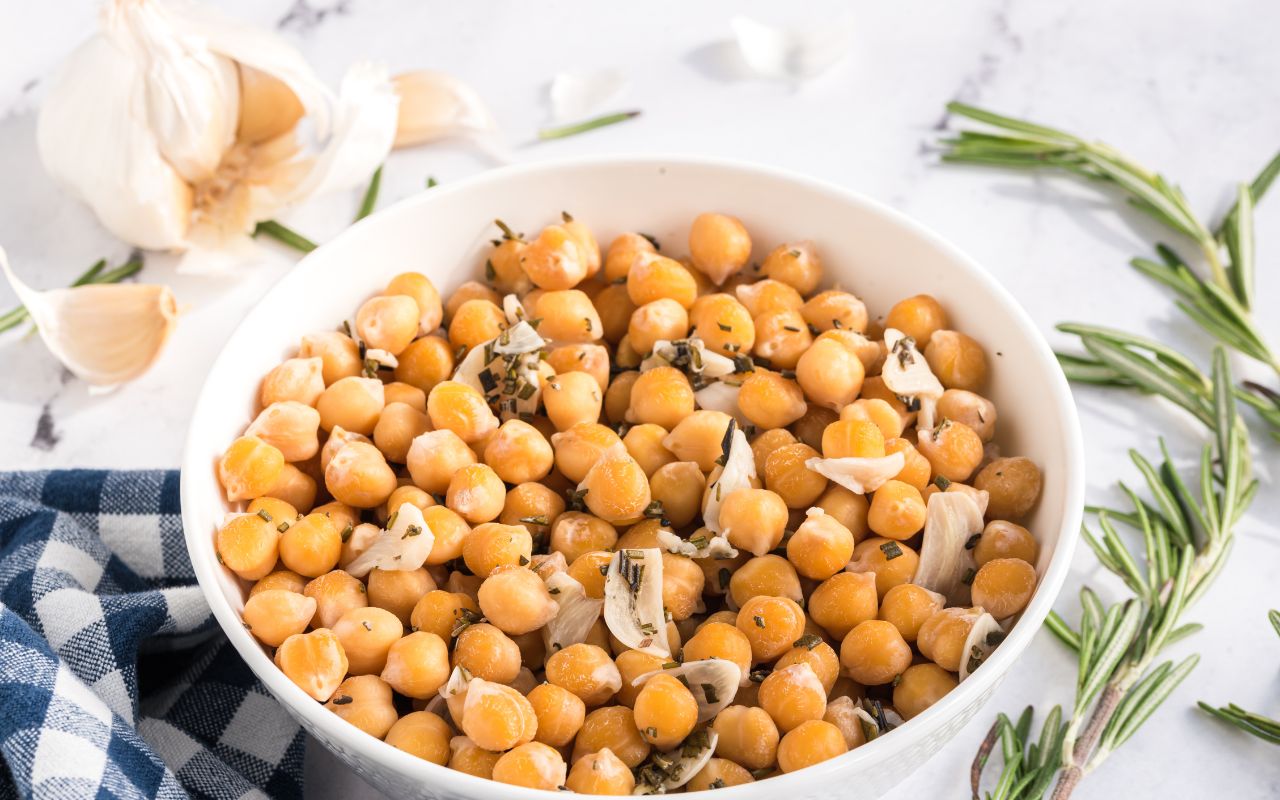
Who else loves the warm, inviting aroma of cinnamon filling the kitchen — especially as crisp fall weather rolls in? Enjoy a snack that’s both fiber- and protein-rich with these Cinnamon Spiced Chickpeas, perfectly capturing one of the season’s signature flavors and scents.
3. Slow Cooker Cranberry Apple Cider

Warm, comforting, and nourishing, you’ll experience the inviting scents of cinnamon, apple, and cranberry even before taking a sip. Whole cinnamon sticks lend a rich, woody, sweet flavor as everything melds together slowly. Slow Cooker Cranberry Apple Cider is perfect for any season. Enjoy it warm during winter or chilled over ice in the summer for a refreshing twist.
Enjoy the Benefits of Cinnamon!
Cinnamon uniquely blends culinary delight, olfactory bliss, and medicinal benefits. Its antioxidant, anti-inflammatory, and blood sugar-regulating properties make it a valuable component of a healthy diet.
It’s important to pay attention to the type and amount of cinnamon you consume (especially as a supplement), as excessive intake of coumarin can pose health risks.
By choosing Ceylon cinnamon and aiming for consciously sourced cinnamon that doesn’t contain problematic levels of lead, you can enjoy its benefits while minimizing potential downsides. Whether sprinkling it on oatmeal, stirring it into tea, or experimenting with new recipes, cinnamon can be a delicious and healthful addition to your lifestyle.
Tell us in the comments:
- What’s your favorite use of cinnamon?
- Do you have any other concerns about cinnamon?
Featured Image: iStock.com/Amarita



